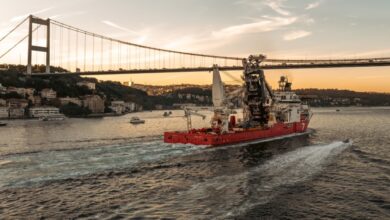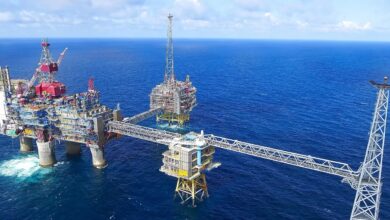Shell exploration wells in UK North Sea are on track ahead of 2024
Preparatory works for the Shell-operated Selene and Pensacola wells in UK southern North Sea are progressing towards being drilled in 2024 according to an update from Deltic Energy, one of Shell’s partners on the wells.
The first of the two wells to be drilled is an exploration well on the Selene gas prospect on License P2437. The initial geophysical site survey on Selene was completed during the summer and the data acquired was used to inform the geotechnical survey, which is due to commence in the first half of December 2023.
The Selene prospect is considered one of the largest unappraised structures in the Leman Sandstone fairway of the Southern Gas Basin, and Deltic estimates it to contain P50 Prospective Resources of 318 bcf of gas (with a P90 to P10 range of 132 to 581 BCF) with a geological chance of success of 70%. Currently, it remains on track to be drilled in Q3 2024.
The partnership is also expected to formalize a positive well investment decision concerning the Pensacola appraisal well in December 2023. Planning for the appraisal is well advanced and, subject to regulatory approvals, the drilling remains on track for late 2024.
Site survey works focussed on the Pensacola appraisal well location are due to be carried out in the first half of 2024, while the rig tendering process for Selene and Pensacola is ongoing.




